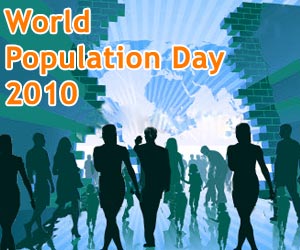The latest national census results released on Thursday show that China's population is ageing and flocking to cities.

But the latest 10-yearly census also confirmed widely expected shifts in a population that is growing older and flowing into cities in search of economic opportunities -- posing challenges for Chinese policymakers.
The census found that more than 13 percent of the population was over the age of 60, up nearly three percentage points from the 2000 count.
"Over the past 10 years, the populations of all of China's 31 provinces, municipalities and autonomous regions have increased, and all face the problem of rapid ageing," NBS commissioner Ma Jiantang told reporters in releasing the figures.
Demographers say China's "one child" population-control policy has left it with an unusual problem: it is greying while still a developing nation -- a challenge other economies have only had to face at a more advanced stage.
The speed at which the number of elderly in China is increasing has alarmed the government, with the nation's healthcare system already straining and two-thirds of rural workers without pensions.
China has for centuries been a mainly agrarian nation with most of its vast population in the countryside.
The 49.7 percent of the population living in cities in 2010 marked a jump of 13.46 percentage points from the 2000 tally, the census said.
China may need to invest up to 24 trillion yuan ($3.6 trillion) in urban infrastructure by 2020 to accommodate the growing number of rural residents moving to the country's cities, a report by the China Development Research Foundation, a state think tank, said late last year.
On Tuesday, President Hu Jintao said the "one-child" policy, which applies to most families, would continue, as the population continues to strain resources and government services.
The census found 118.06 males were born in China to every 100 baby girls over the past 10 years, Ma said, an imbalance often attributed to the Chinese preference for male heirs and viewed as a possible source of instability.
Men currently make up over 51 percent of the population, Ma said.
A study last year warned that over 24 million men of marrying age could find themselves without wives in 2020, a potentially explosive social problem.
Source-AFP
 MEDINDIA
MEDINDIA



 Email
Email






